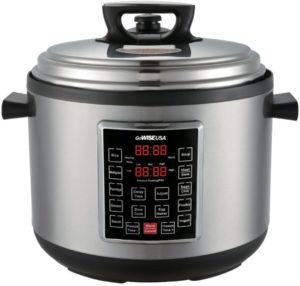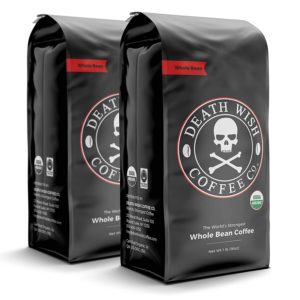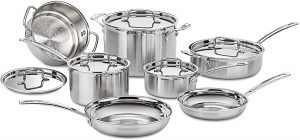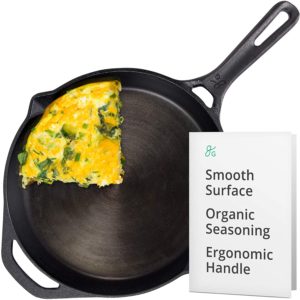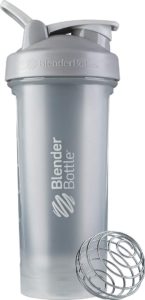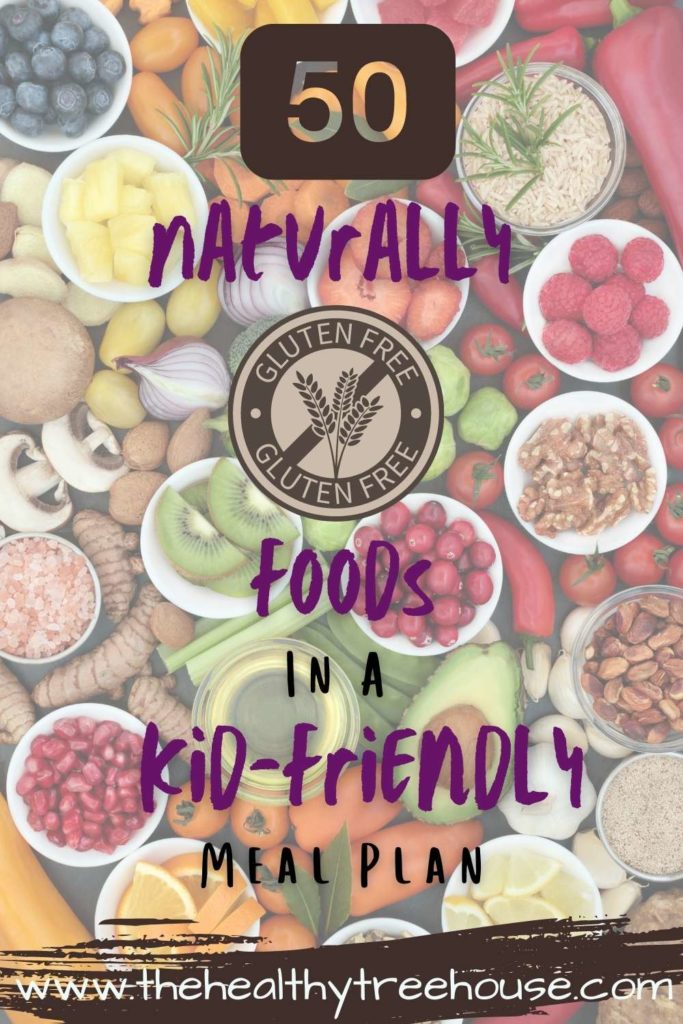
The idea of eating only naturally gluten-free foods may be intimidating to you.
Trust me, I know the feeling.
It wasn’t that long ago I was constantly feeling bloated and so uncomfortable that I couldn’t even play with my daughter.
In the spirit of being a good spouse (and undoing some negative brownie points my misery had earned me), I agreed to support and join my wife in her quest to go gluten-free.
Well, that was the moment my life changed.
My gluten-free diet gave me back my energy, my happiness, and my health, and, in turn, brought us closer together as a family.
Isn’t that what we all want, as parents and spouses?
If you want to leap but aren’t sure where to start, this article will guide you through all there is to know about starting a gluten-free diet as a family!
What Exactly Is Gluten?
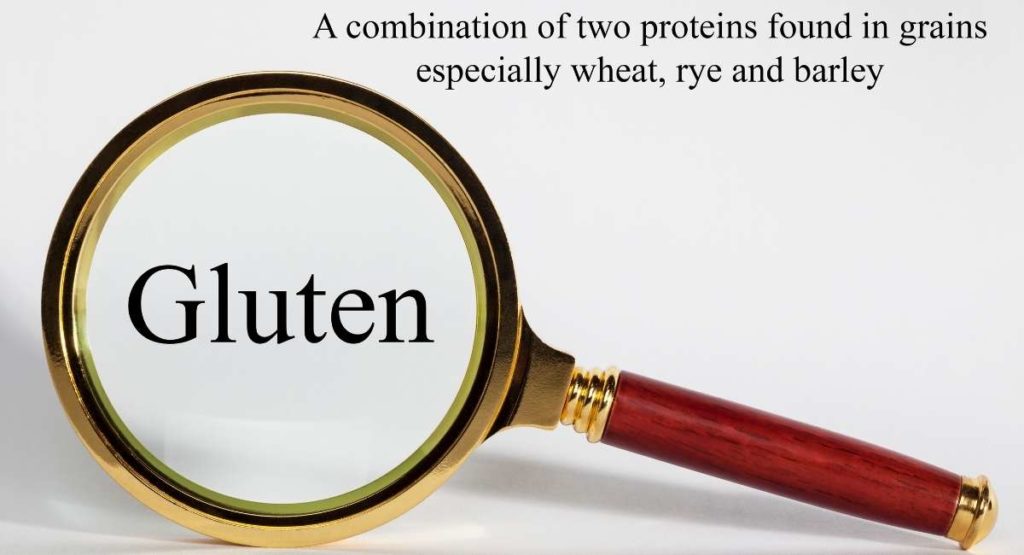
You may be surprised to find out that gluten is actually a protein!
It’s a group of plant proteins found mainly in cereal grain foods.
They’re known as storage proteins because they are little reserves of protein that are being kept in the grain in case they’re needed for biological processes.
Gluten also helps maintain the shape of certain foods, acting as a binder that adds a chewy texture to foods containing it.
Why Is Gluten Bad for You?
It’s important to understand that foods containing gluten aren’t inherently bad.
It won’t affect everybody negatively, and most people can go about their lives eating whatever foods they like without any nasty side effects.
Those of us whose bodies don’t deal well with gluten, however, can suffer some debilitating symptoms when exposed to it through food.
An intolerance of gluten is known as celiac disease.
When people with celiac come into contact with gluten, it kicks off an autoimmune response that attacks the small intestine’s lining to get rid of the problem ingredient—gluten.
The inflammation triggered by the autoimmune response results in bloating, abdominal pain, and impacts the body’s ability to absorb good nutrients.
People with gluten intolerance usually show additional symptoms of anemia and unexpected weight loss.
Only about 1 percent of the US population suffers from celiac disease, but if you’re one of those 1 percent, you’ll understand why gluten gets a bad rap!
Learn more about gluten in this video.
Does Gluten Affect My Child’s Behavior?
Most kids can eat gluten without any issues.
Their dispositions are tough, and immune systems are strong—sometimes stronger than their parents’ natural defenses.
But there are cases of kids being allergic to gluten, just like any other ingredient allergy.
The symptoms are often less severe than adults, but they can be a contributing factor in a child acting out.
Imagine having constant stomach pain and having to concentrate in class when all you can focus on is the dull ache.
Or struggling with excessive gassiness and being teased for it.
In most cases, it’s not the actual gluten that makes a child misbehave—it’s their way of trying to deal with pains and discomfort that they don’t understand.
Summary: Gluten is the stretchy protein found in most wheat and grain products, which negatively affects people with celiac disease, or the inability to process the protein. Children can also suffer stomach issues from gluten, and the discomfort from the symptoms can cause mild changes in a child’s behavior.
How Do I Know If My Child is Allergic to Gluten?
There are some signs and symptoms that could indicate a gluten allergy in your kid:
- Irritability
- Unusual fatigue and brain fog
- Chronic headaches
- Dizziness for no reason
- Itchy elbows, knees, and back of the neck
- Numbness in extremities
- Bloating or swollen belly
- Unusual gassiness
- Chronic diarrhea
- Constipation
- Pale skin
- Foul-smelling stools
- Nutrient deficiency
- Short stature
- Delayed puberty
- Neurological symptoms (ADHD)
- Learning disabilities
- Lack of muscle coordination/seizures
- Dermatitis herpetiformis
- Resistance to eating gluten foods
It’s important not to assume that seeing these signs means your child is definitely gluten intolerant!
If you suspect it based on some parent detective work, you should get it checked by your child’s pediatrician.
Summary: If your child has symptoms of gluten sensitivity, have them evaluated by the family doctor.
Should I Put My Child on a Gluten-Free Diet?
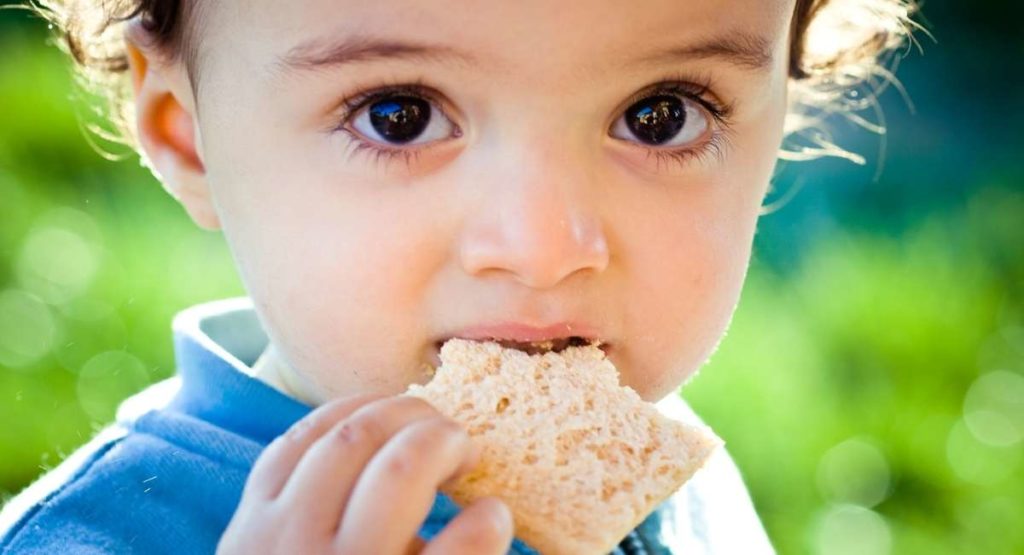
Kids’ tummies are resilient, but feeding them a healthy diet should be a top priority.
While there’s nothing wrong with making sure your kid eats a healthy diet and avoids processed foods or an excessive amount of sugar, there’s really no need to switch them over to a gluten-free meal plan.
That is unless they’ve been recommended a gluten-free diet by a healthcare professional.
There are reasons a gluten-free diet isn’t for all children.
Some may not get enough vitamins, minerals, and antioxidants on a gluten-free diet, as whole grains are an integral part of healthy development.
If your child has been recommended to stick with naturally gluten-free foods by a doctor, then it may be worth putting them on a gluten-free diet.
Alongside gluten-free kids’ meals, just make sure they’re eating a colorful and well-rounded diet of whole, unprocessed foods.
Summary: You should put your child on a gluten-free diet as recommended by a medical professional. Otherwise, there is no need to put your child on a gluten-free diet.
How Do I Eliminate Gluten From My Child’s Diet?
If you do decide to remove gluten foods from your child’s diet, it’s not as hard as you might think!
It will be some work in the beginning, but it will soon become second nature.
It definitely helps if the whole family is in on it together.
Start leading by example by doing the following:
Eliminate pre-prepared foods
Although foods you buy at the store may say “gluten-free” on the label, you have no idea how it was prepared and if it came into contact with ingredients containing gluten.
Read ingredient labels
Do you even know what’s in that snack you like to buy, or the drink you prefer?
Start reading the fine print and you’ll get a much better idea of what ingredients your child is eating (and what they shouldn’t be eating!).
Learn how to cook and bake gluten-free foods
While most people are okay to give up processed lunch meats, salad dressing, and eating cereal in the mornings, the bigger problems seem to be bread, cake, and cookies.
Going gluten-free shouldn’t mean depriving yourself of yummy foods, especially for kids.
Grab some gluten-free flour and get creative—it will benefit your child immensely to know that they can still have a delicious cupcake or a sandwich.
Long-time gluten-free folks will tell you that home-baked gluten-free treats are usually much tastier and less expensive than store-bought.
Research gluten-free brands
No need to eliminate snacks or sweets entirely from your kid’s life.
Do some deep-diving into brands that make gluten-free stuff and support them.
It’s not hard to find chocolates, crisps, or other snacks that will suit your kid.
Summary: Having a hands-on approach to your child’s diet will lead to a more positive outcome. Going gluten-free as a family is a great way of leading by example.
50 Gluten-Free Foods
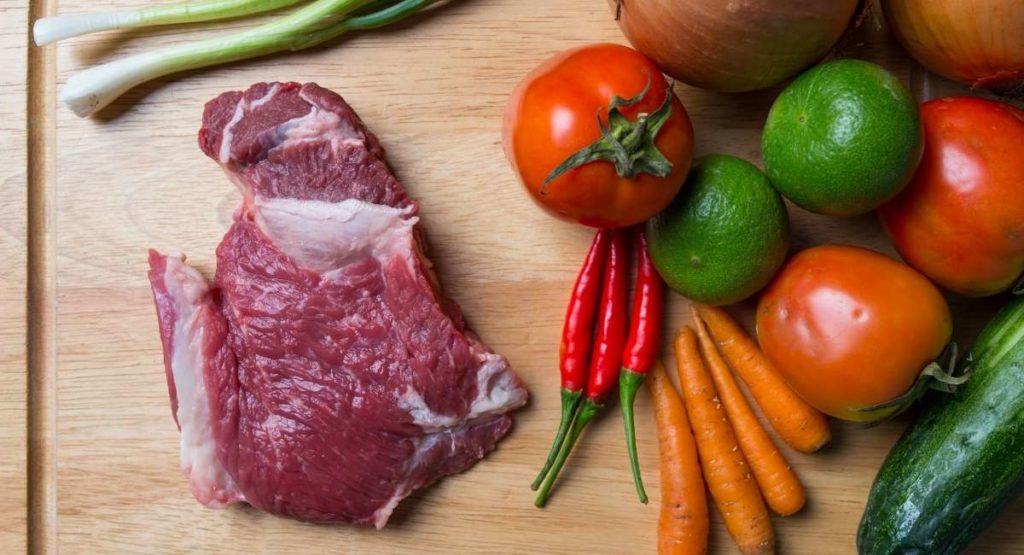
Let’s check out what naturally gluten-free foods you will be able to enjoy if you’re making a diet change.
There are plenty of them!
Gluten-free living can be easy for the whole family.
At the end of this list, we’ve included a gluten-free diet plan for beginners, that’s packed with healthy gluten-free recipes for kids and adults alike.
Protein
Just about all cuts of meat are safe to eat for celiac sufferers.
You can still enjoy a great steak, chop, chicken wing, or barbecue, as long as you’re mindful of how you season your meat!
Some gluten-free proteins include:
- Chicken
- Beef
- Pork
- Lamb
- Fish
- Rabbit
- Turkey
- Crab
- Shrimp
- Shellfish
Some foods with gluten to stay away from:
- Fast food
- Pre-seasoned or marinated cuts
- Meat with broth
- Uncovered meat that could be touched or contaminated with crumbs
- Deli meat (the threat of cross-contamination is high)
- Sausage or meatballs that could contain breadcrumbs
- Crumbled meat
Carbohydrates
Carbs have a bad reputation that they don’t deserve.
Thankfully, there are plenty of carbs you can (and should) still eat while making the change.
Fruits
Luckily, all fruits are naturally gluten-free foods! Whichever ones you or your kids enjoy, you can eat all you want without suffering gluten-related effects.
Fruits safe for gluten-free diets:
- Berries
- Citrus fruit
- Bananas
- Apples
- Pears
- Pitted fruits
- Tomatoes
Fruits unsafe for gluten-free diets:
- Pre-cut fruit—another chance for contamination
- Processed or canned fruit
- Dried fruit (only plain, unsweetened varieties can be safe. Double check the label!)
Vegetables
As with fruits, whole, natural vegetables are perfectly healthy.
They’re amazing sources of vitamins, minerals, and fiber.
They’re naturally gluten-free foods, but in some cases, fruits and vegetables can be contaminated on the farm.
It doesn’t happen often, though.
Gluten-free vegetables include:
- Broccoli
- Cauliflower
- Greens
- Starches (potato, squash)
- Mushrooms
- Bell peppers
- Onions and garlic
- Root vegetables (carrots, radish)
Avoid these:
- Pre-prepared vegetable dishes
- Pre-cut vegetables
Double-check the package for:
- Frozen veggies
- Canned or tinned vegetables
Bread/Grains
Only buy bread that explicitly states its lack of gluten.
This includes foods like sandwich bread, pastries, and tortillas.
If you like to bake, then make sure you’re choosing gluten-free flour.
This all-purpose gluten-free flour is a favorite in our household.
Almond flour is a popular one, as are buckwheat, coconut flour, rice flour, and chickpea flour for a little extra protein.
Some safe gluten-free grains include:
- Quinoa
- Brown and wild rice
- Millet
- Buckwheat
- Sorghum
- Tapioca
- Arrowroot
- Amaranth
- Oats (if they are specified as gluten-free)
Avoid:
- Wheat
- Barley
- Rye
- Baked goods, unless they explicitly state that they’re gluten-free
Pasta
This is where I really struggled with my gluten-free willpower.
I’m a big pasta eater, so I had to dig deep to stop using my comfort-food wheat pasta.
There are alternatives, though.
Pasta made from brown rice, chickpeas, or lentils can be delicious.
There are even low-carb options like shirataki noodles, which may not be for everyone, but a viable option!
Healthy gluten-free pastas include:
- Chickpea or lentil pasta
- Quinoa pasta
- Shirataki noodles
- Soba pasta (buckwheat)
Avoid these:
- Wheat pasta (including durum, spelt, farro)
- Pre-prepared or pre-cooked pasta dishes
Dairy Products
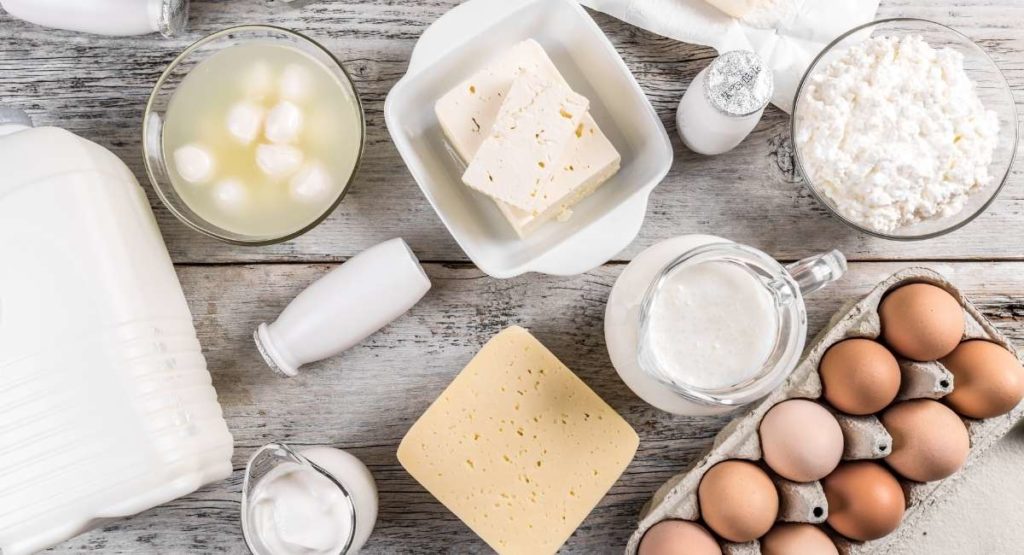
Most dairy products are naturally gluten-free foods.
Processed cheeses can be the exception, though.
Gluten-free dairy:
- Milk
- Yogurt
- Butter
- Eggs
- Cream
Avoid these dairy products:
- Flavored milk (especially malted)
- Flavored yogurt
- Pre-prepared egg or omelet meals
- Milk substitutes
- Ice cream (unless specified gluten-free)
- Processed cheese
Condiments and Spices
Half the battle is making sure the stuff you season your food with is free from gluten!
There’s no use following a gluten-free diet unless you’re using spices and condiments that are also naturally gluten-free foods.
Seasonings without gluten:
- Vinegar (with the possible exception of malt vinegar and perhaps rice vinegar)
- Dry spices (usually)
Double check these before buying:
- Any pre-mixed sauces
- Gravy mixes
- Marinades
Avoid completely:
- Wheat-based soy sauce
- Malt vinegar
Common Snacks
Snacks are an essential part of daily eating.
I don’t know about you, but without my snacks, I end up being hangry and it’s not fun for anyone.
Some of these don’t even need preparing as they’re already naturally gluten-free foods.
The best gluten-free snacks:
- Fruit
- Smoothies
- Raw veggies
- Hummus
- Nuts
- Popcorn
- Cheese sticks (check the packaging first)
- Jerky
- Gluten-free granola
- Rice cakes
- Sweet potato crisps
- Boiled eggs
- Home-baked gluten-free goods
Avoid these snacks:
- Store-bought baked goods
- Energy bars that contain oats
- Some potato chips (gluten may be in the additives)
- Crackers
Beverages
Don’t forget that drinks can contain gluten too!
Alcoholic beverages are usually the culprits here.
Avoid these beverages:
- Malted drinks
- Alcoholic beverages made from wheat, barley, or rye grains
Summary: While there are many foods to avoid when you have a gluten sensitivity, there are even more foods to enjoy that are fresh and good for you.

Kid-Friendly Gluten-Free Recipes and Meal Plan
Preparation is half the battle when feeding kids.
We’ve picked some gluten-free meals that both parents and kids will enjoy.
Simply create your gluten-free grocery list and get cooking!
Try this 7-day gluten-free diet with easy kid-friendly recipes to have you and your kids covered at every meal of the day.
Keep on reading for the full recipes!
Monday
- Breakfast: Peanut Butter Granola Bars
- Lunch: Avocado Chicken Burgers
- Dinner: Vegan Gluten-Free Pizza
- Dessert: Very Berry Nice Cream
Tuesday
- Breakfast: Clean-Eating Pop-Tarts
- Lunch: Italian Chicken Wrap
- Dinner: Skillet Chicken Fajitas
- Dessert: Mango Nice Cream
Wednesday
- Breakfast: Baked Oatmeal with Blueberries and Bananas
- Lunch: Kale and Quinoa Bowl
- Dinner: Gluten-Free and Vegan Eggplant Lasagne
- Dessert: Banana and Peanut Butter Ice Cream Recipe
Thursday
- Breakfast: Simple Mediterranean Avocado Toast
- Lunch: Veggie Platter with Tzatziki Dip
- Dinner: Maple-Glazed Ham
- Dessert: Thick Chocolate Smoothie
Friday
- Breakfast: Breakfast Sausage Lettuce Wraps
- Lunch: Detox Vegetable Soup
- Dinner: Crispy Potato Chip-Crusted Fish Fillets
- Dessert: Coconut and Pecan Pie
Saturday
- Breakfast: Vanilla Cupcake Smoothie
- Lunch: Crispy Baked Parmesan Chicken Strips
- Dinner: Baked Turkey Pesto Meatballs
- Dessert: Gluten-Free Apple Pie
Sunday
- Breakfast: Protein Pancakes
- Lunch: Vietnamese Veggie and Chicken Noodle Bowl
- Dinner: Pasta with No-Cook Tomato Sauce
- Dessert: Gluten-Free Oatmeal Chocolate Chip Cookies
Snack Options
You can prep and change these throughout the week, for a morning and afternoon snack each day.
Of course, this depends on how hungry your kid gets and how much activity they do during their day!
All of these are naturally gluten-free foods.
- Nuts
- Jerky
- Boiled eggs
- Gluten-free chocolate
- Yogurt
- Fruit
Kid-Friendly Gluten-Free Recipes
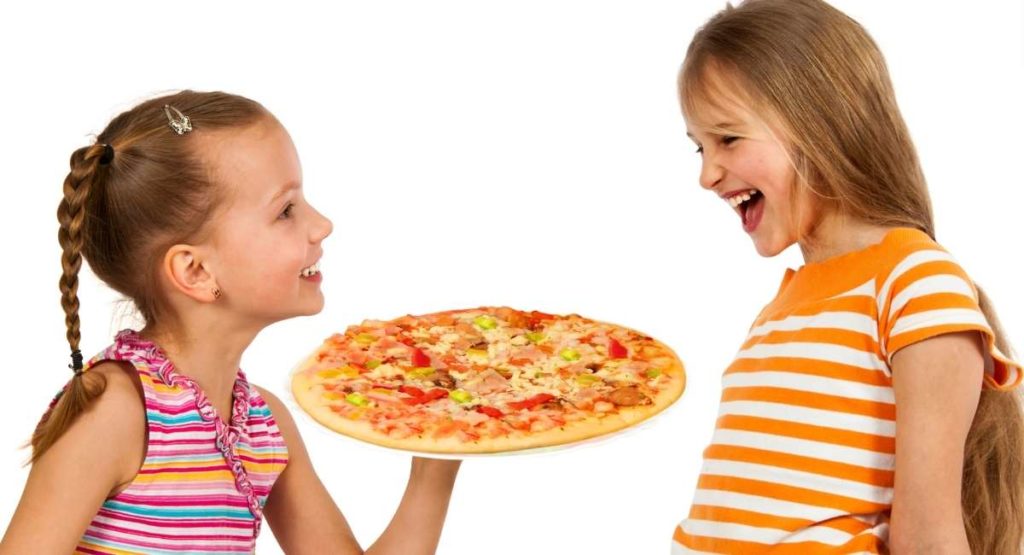
Now for the best part – the gluten-free recipes.
Each of these delicious meals has been tested by us and also evaluated by a registered dietician to ensure they are healthy, gluten-free, and perfect for children.
Beginning with a delicious granola bar recipe that you can even prep ahead of time!
Peanut Butter Granola Bars
By simply using gluten-free oats, these fabulous granola bars are sugar-free, healthy, and perfect for anyone with gluten sensitivities.
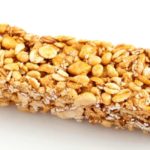
For lunch, chicken burgers are quick, easy, and super filling. Have yours on a gluten-free bun or in a lettuce wrap!
Avocado Chicken Burgers
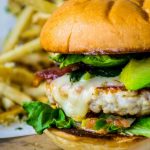
Everyone loves pizza! This one is gluten-free and vegan, so it is friendly to all tummies, children, and adults.
Vegan Gluten-Free Pizza
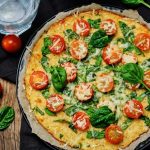
When you’re a kid, you never want to skip dessert. Make a healthy dessert and all your kids will hear is that they get dessert, even when eating gluten-free.
Very Berry Nice Cream
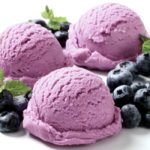
This breakfast is nostalgic for some parents, and now you can make a gluten-free iteration at home!
Clean-Eating Pop-Tarts

Chicken, gluten-free wraps, and tons of Italian flavors make this lunch a favorite amongst most kids.
Italian Chicken Wrap
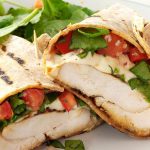
Onions, bell peppers, and lean chicken are such classic fajita flavors that do not need “added” carbs to make them delicious.
Skillet Chicken Fajitas
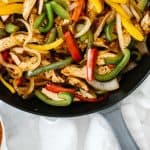
Nice cream is the perfect alternative to ice cream, and it is so easy to make it fresh with a high-powered blender!
Mango Nice Cream
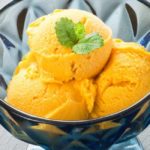
Did you know that you can bake oatmeal for breakfast? It is best-served with lots of fruit, like blueberries and bananas.
Baked Oatmeal with Blueberries and Bananas
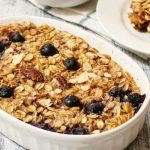
Teach your kids to eat healthy and they will love things like kale and quinoa! Both superfoods come together to make the perfect nutritious lunch.
Kale and Quinoa Bowl
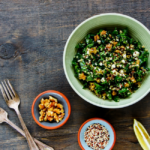
Lasagne is typically pasta layered with cheese and tomato sauce. Check out this updated, vegan version made with tender eggplant.
Gluten-Free and Vegan Eggplant Lasagne
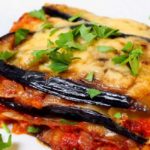
Creamy and delicious, this dessert takes on intense banana and peanut butter flavors.
Banana and Peanut Butter Ice Cream Recipe

Kids love avocadoes, so why not add them to some gluten-free morning toast?
Simple Mediterranean Avocado Toast
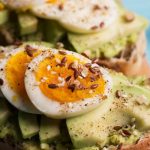
Crudité plates are great for kids. They’re a healthy finger food full of raw vegetables and are usually served with a creamy dip.
Veggie Platter with Tzatziki Dip
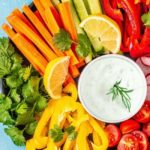
Ham is often saved for special occasions, but what better way to show your kids you love them by making a delicious special occasion meal on a Thursday.
Maple-Glazed Ham
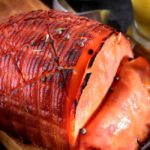
Milkshakes are often requested as a dessert. The remedy is a healthy chocolate smoothie made at home.
Thick Chocolate Smoothie
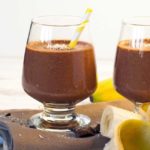
The breakfast sandwich is something every kid wants. This one is served in a healthy lettuce wrap.
Breakfast Sausage Lettuce Wraps
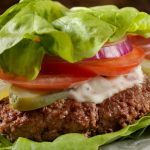
A soup that is so full of veggies, it’ll fill your kids right up!
Detox Vegetable Soup

Fridays always call for a family fish fry, so make this crispy oven-fried fish at the end of the week.
Crispy Potato Chip-Crusted Fish Fillets
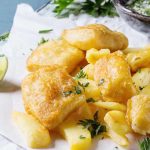
Pecan pie is a classic, but adding coconut is the best thing to ever happen to pecan pie! Check out our favorite gluten-free pie.
Coconut and Pecan Pie
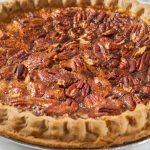
Cake for breakfast? Yes, in smoothie form! This healthy smoothie tastes exactly like a slice of vanilla cake.
Vanilla Cupcake Smoothie
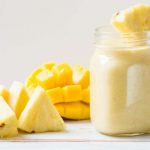
Gluten-free chicken tenders are possible, and still, end up super crunchy when baked in the oven.
Crispy Baked Parmesan Chicken Strips
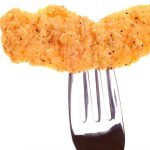
Ground turkey and zucchini come together in this moist and juicy meatball, served with homemade pesto.
Baked Turkey Pesto Meatballs

When your kids need an old-fashioned dessert, apple pie is a national delicacy.
Gluten-Free Apple Pie

A high-protein diet keeps you fuller for longer, and these protein pancakes will keep your child full until lunch.
Protein Pancakes

Chicken and veggie noodle soup gets a makeover with Vietnamese-inspired flavors using gluten-free noodles.
Vietnamese Veggie and Chicken Noodle Bowl
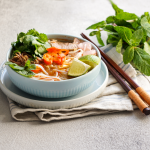
Gluten-free pasta dishes are not as daunting as one might think. This one uses a raw tomato sauce that is mouth-watering.
Pasta with No-Cook Tomato Sauce
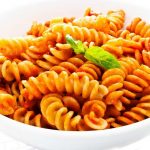
Every kid’s favorite cookie is chocolate chip. Here is the best gluten-free cookie recipe that is perfect for all kids.
Gluten-Free Oatmeal Chocolate Chip Cookies
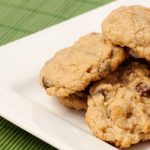
Frequently Asked Questions
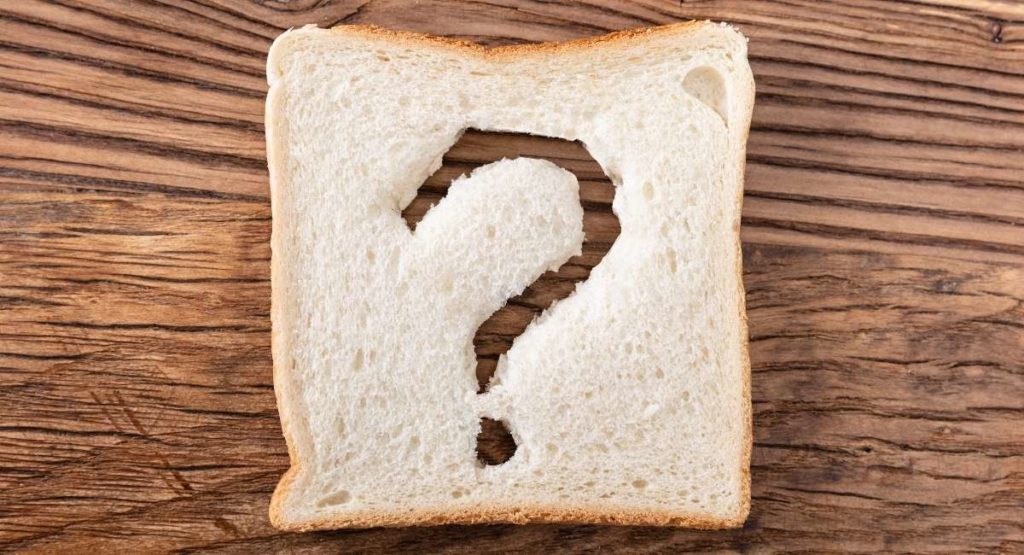
Here are some common questions I hear from those wanting to make the switch to only naturally gluten-free foods.
What Can I Cook for Gluten-Free Guests?
Flip through a gluten-free cookbook and your options are almost endless!
Here are some tips:
- Ask your guest if there’s any method of cooking or preparation they prefer. They may be able to give you some pointers that will make both of you more comfortable!
- Avoid buying a pre-prepared or pre-seasoned meal from the store. Even if it’s just meat—you’d be surprised at where gluten hides! Try to buy only naturally gluten-free foods.
- Check your ingredients. If they don’t say they’re gluten-free, do some research (even if that means calling your guest to check).
- Go all in. Don’t try to mix gluten-free and dishes containing gluten to cater to all guests. Most won’t even notice they’re eating gluten-free for a night!
How Do I Live a Gluten-Free Life?
It’s simply a matter of being mindful, being aware of naturally gluten-free foods, and planning.
You’ll need to make a point of checking your grocery list and making sure you don’t accidentally get something containing gluten and take a bite without thinking.
The first month or two is much easier if you plan strictly in advance, both shopping and cooking.
It will only take a few months of careful thought and mental work before it starts becoming a habit!
Another important part of living a gluten-free life is letting your friends and family know.
If there’s any chance at all of you having to eat out or at someone else’s house, you’ll need them to be well aware of it in advance.
What Can I Eat On a Week One Gluten-Free Diet?
The awesome thing about this way of eating is that once you know what you can eat, the meal plan is really up to you.
Make sure to eat plenty of proteins, vegetables, and fruits with a few snacks thrown in too.
Choose simple, easy to prepare meals for breakfast and lunch, and experiment with new gluten-free recipes for dinner!
Just make sure you steer clear of anything processed, pre-cooked, or pre-prepared, and be mindful of what sauces and marinades you use.
Tools to Help With Living a Gluten-Free Life
I learned so many tips, tricks, and new recipes when trying to figure out how to cook using only naturally gluten-free foods.
Some of the cookbooks that I devoured were:
- Gluten-Free Artisan Bread in Five Minutes a Day
- The How Can It Be Gluten-Free Cookbook
- Eat Happy
- Gluten-Free on a Shoestring
Also, these healthy cream options for ice cream come in handy when substituting heavy cream and other dairy products.
Summary

Naturally gluten free foods are everywhere!
It’s just a matter of retraining your mind and body to thrive off of all-natural stuff that isn’t processed or pre-prepared.
It’s not that much hard work to eliminate gluten from your life, and it’s made even easier by the fact that most restaurants these days cater to the gluten-free lifestyle.
Do be mindful though; you never know exactly how things are cooked or what exactly they contain if the food is not cooked by you.
If you can get your whole family involved and commit to it, we recommend giving it a try!

